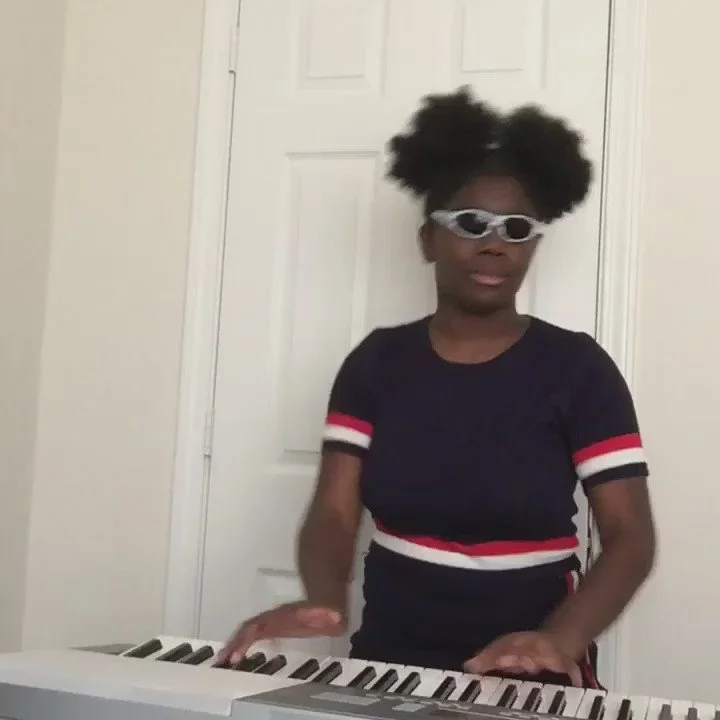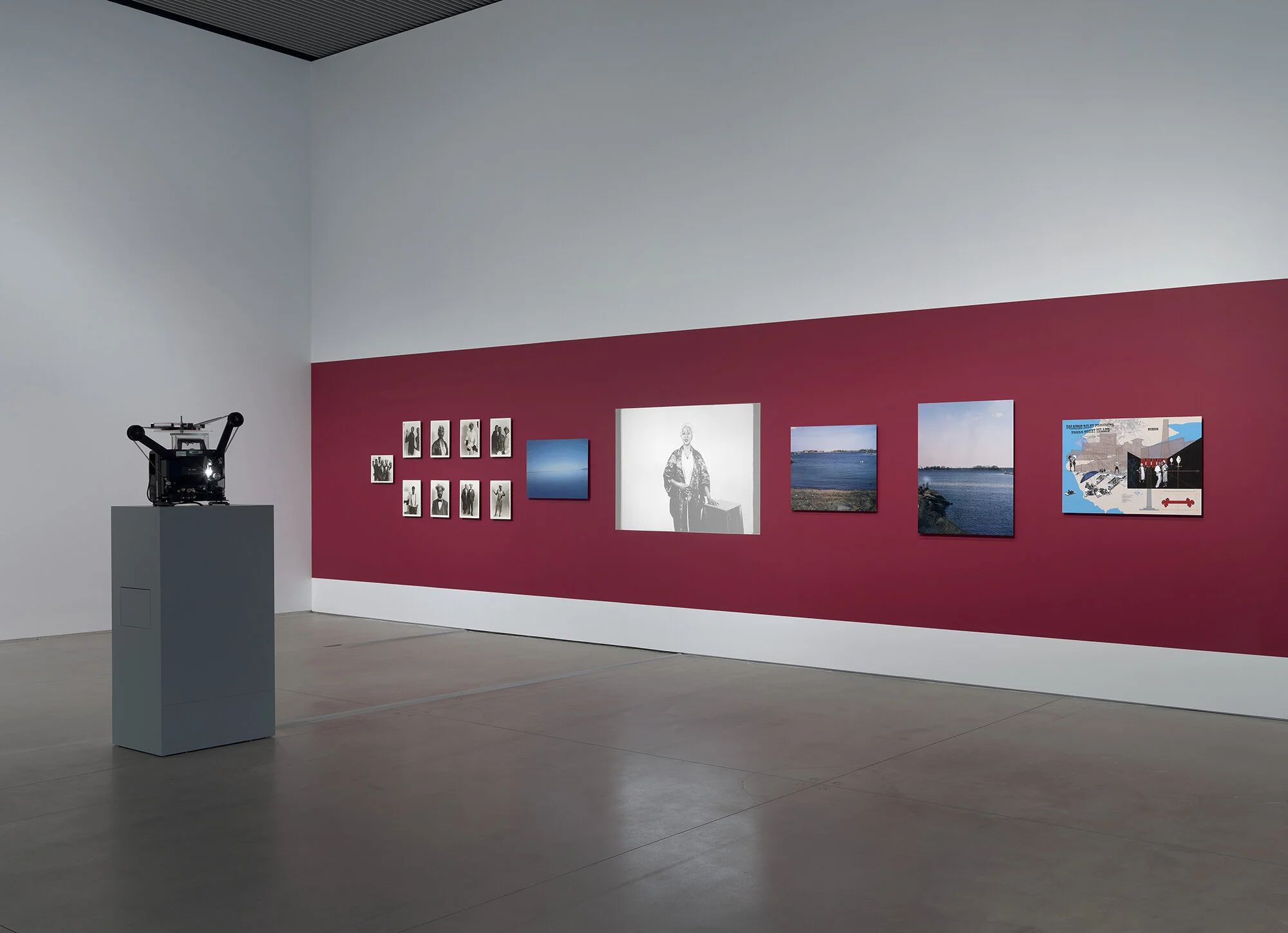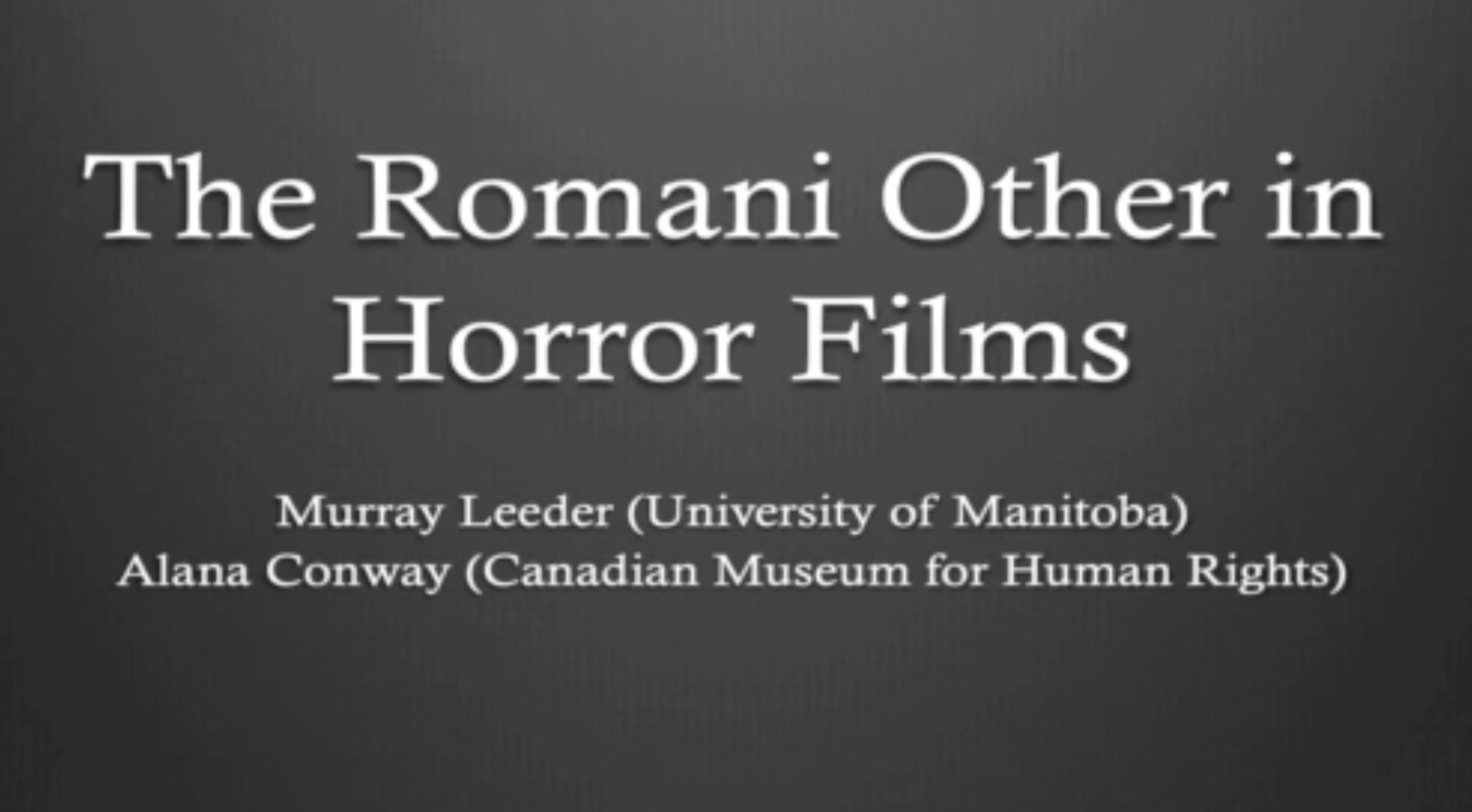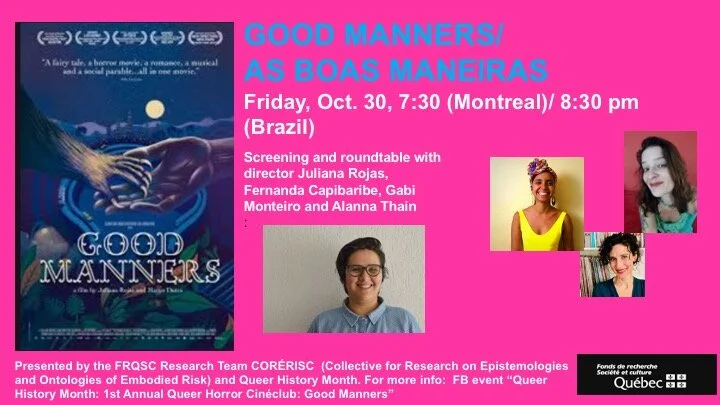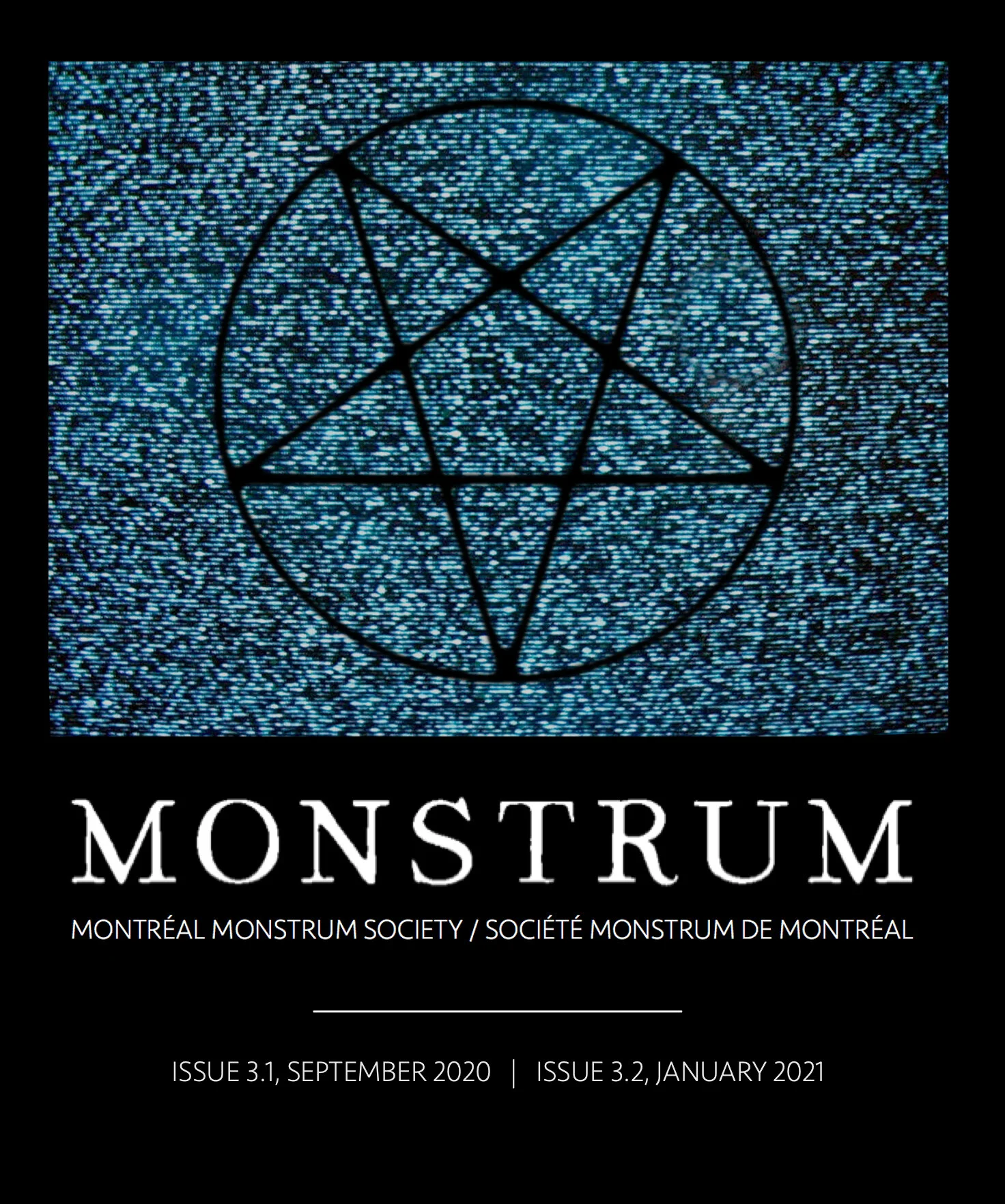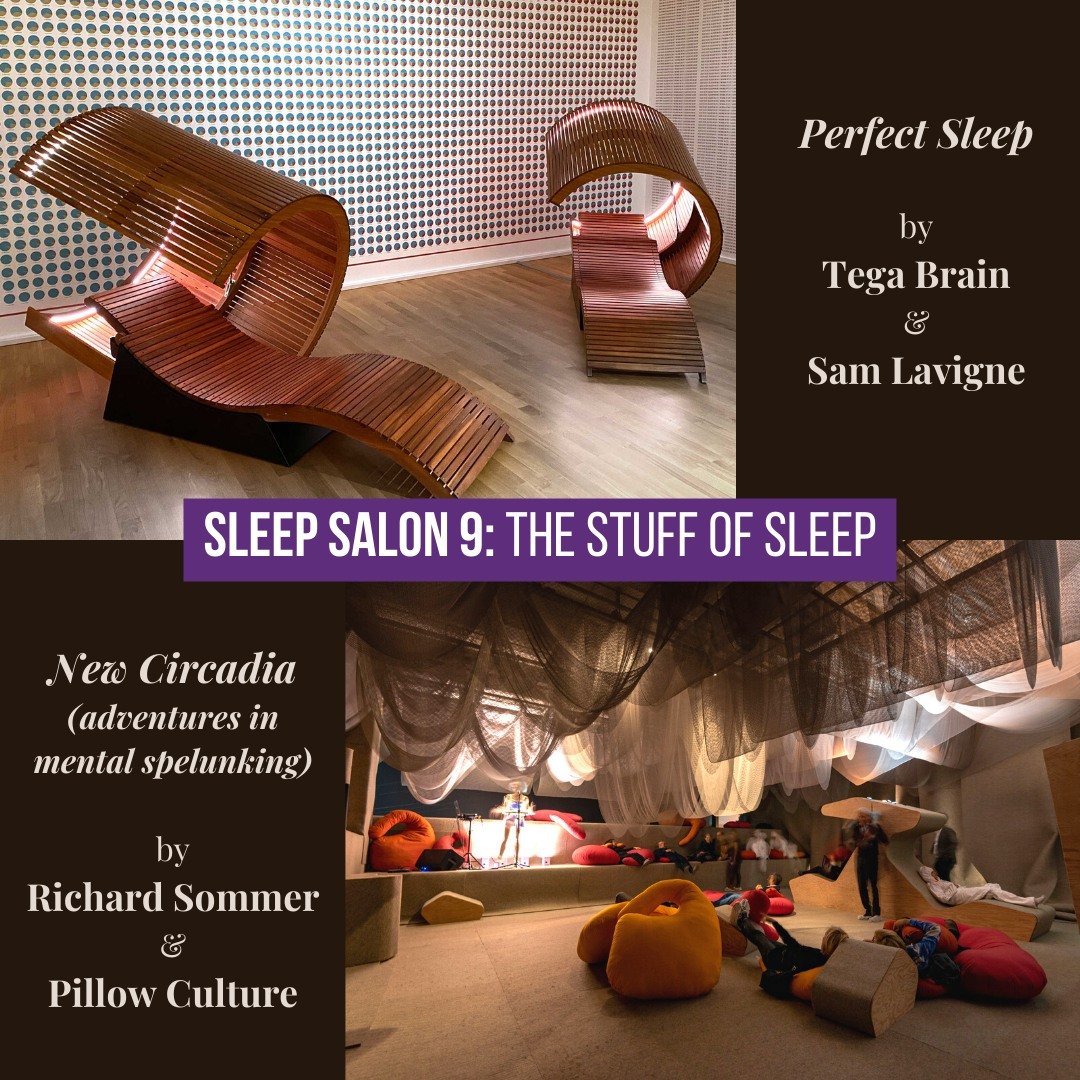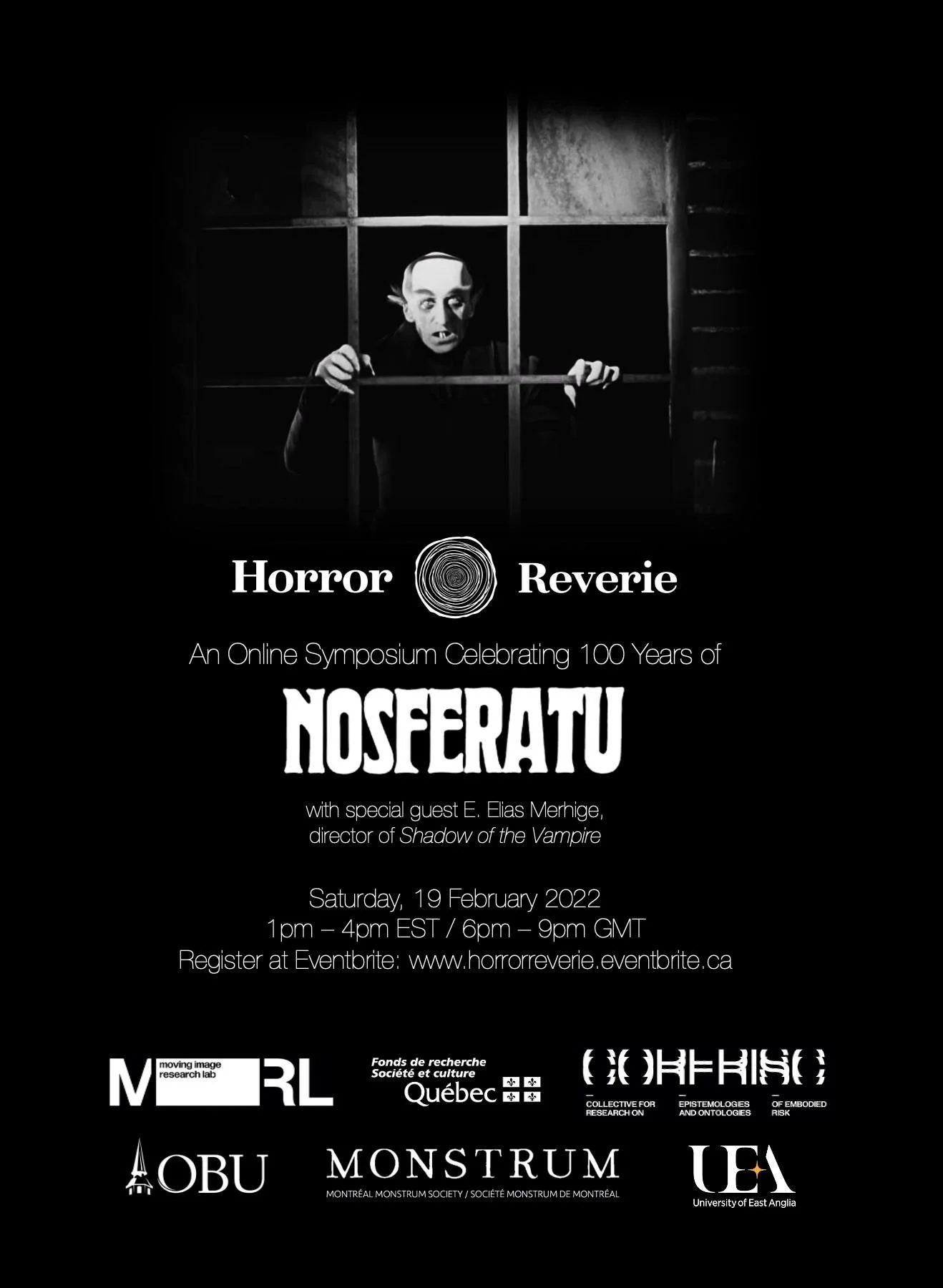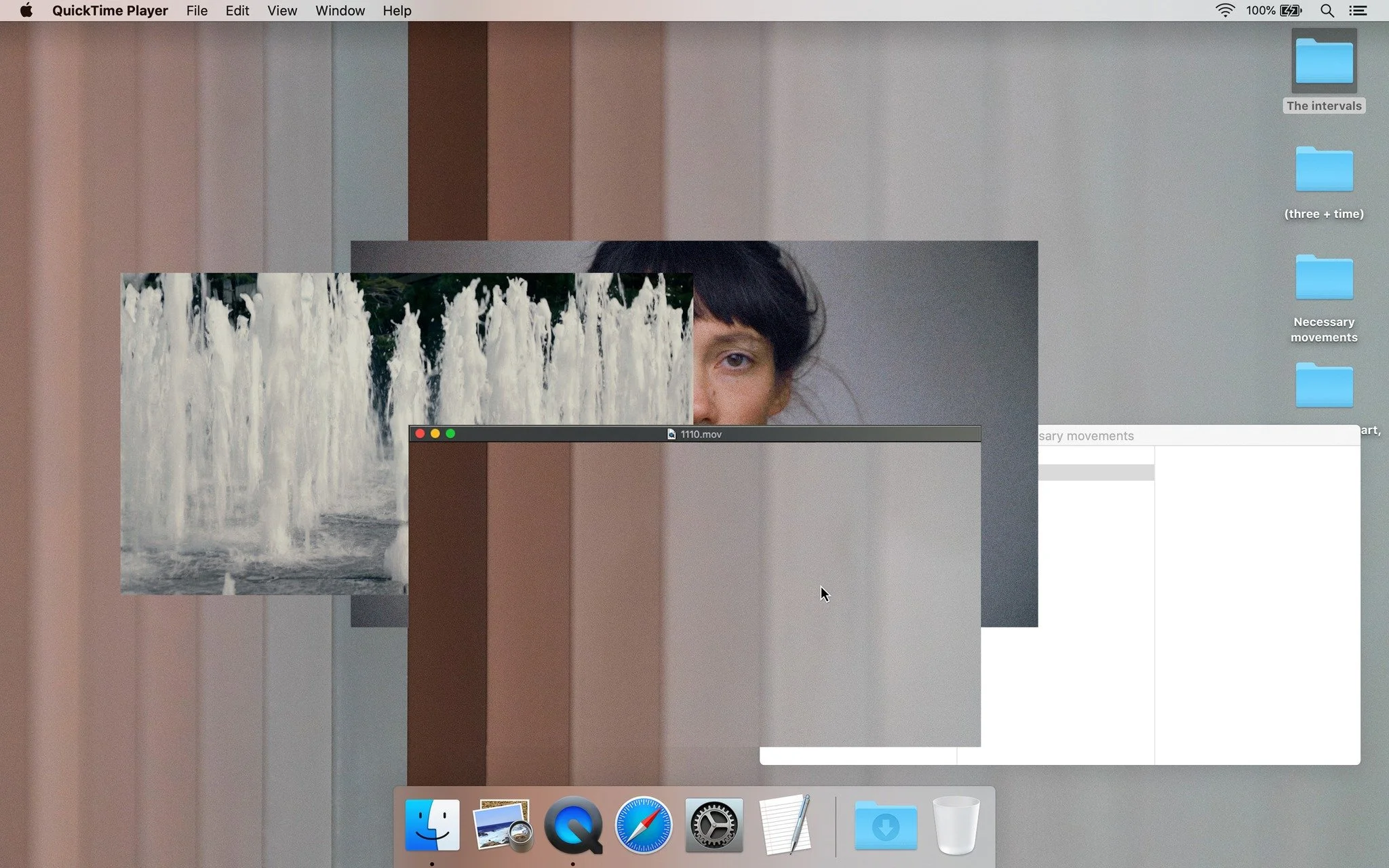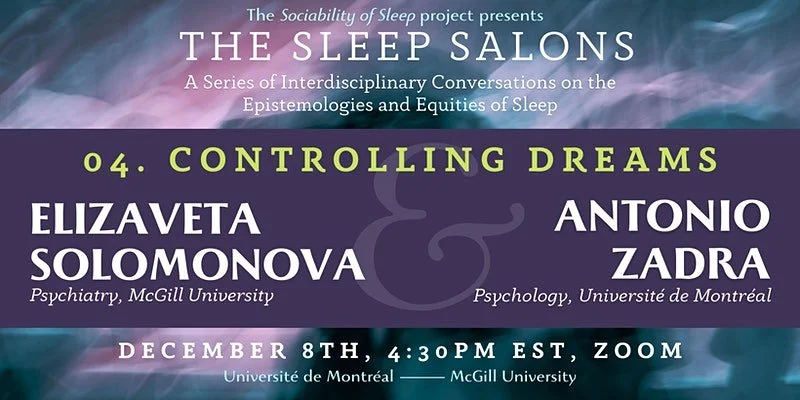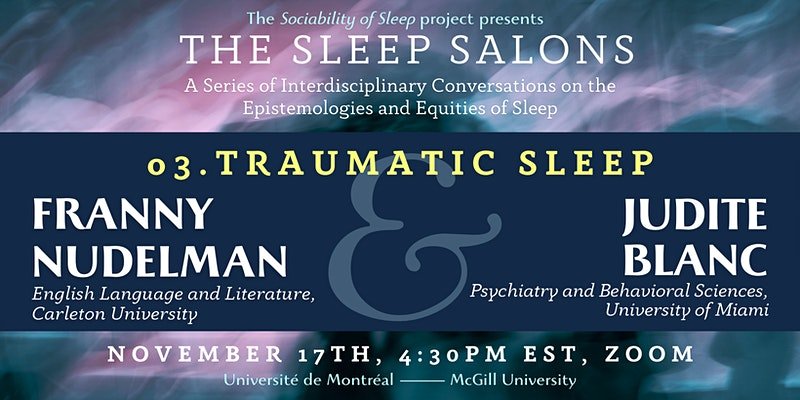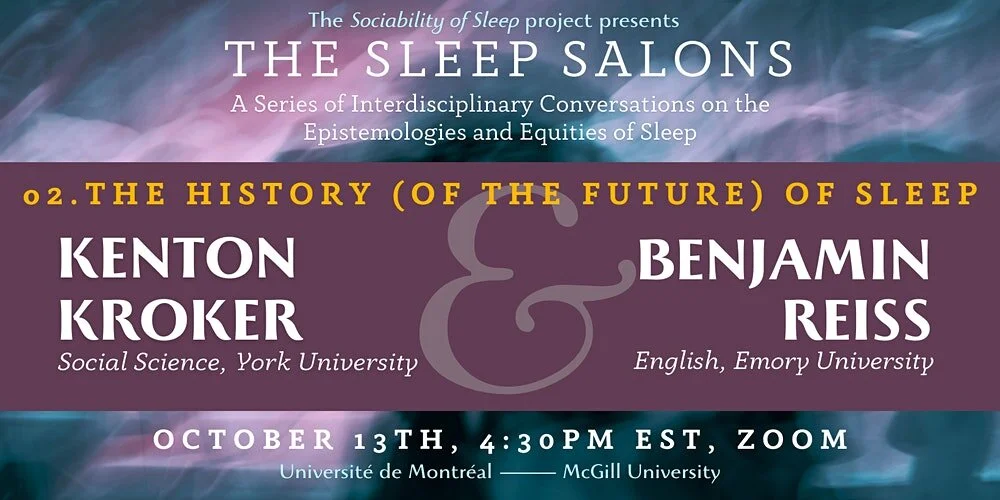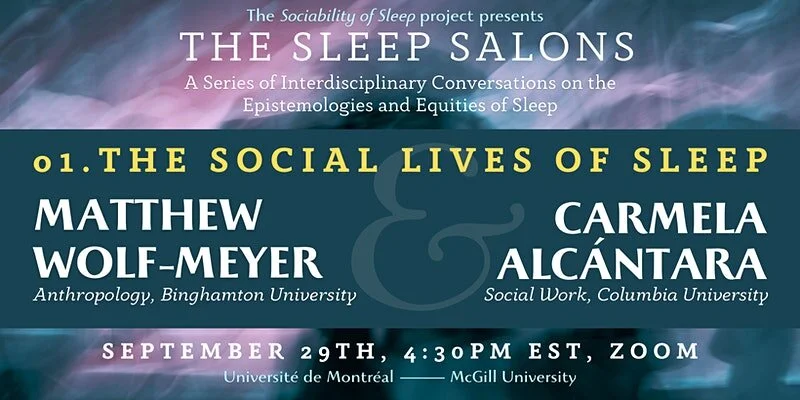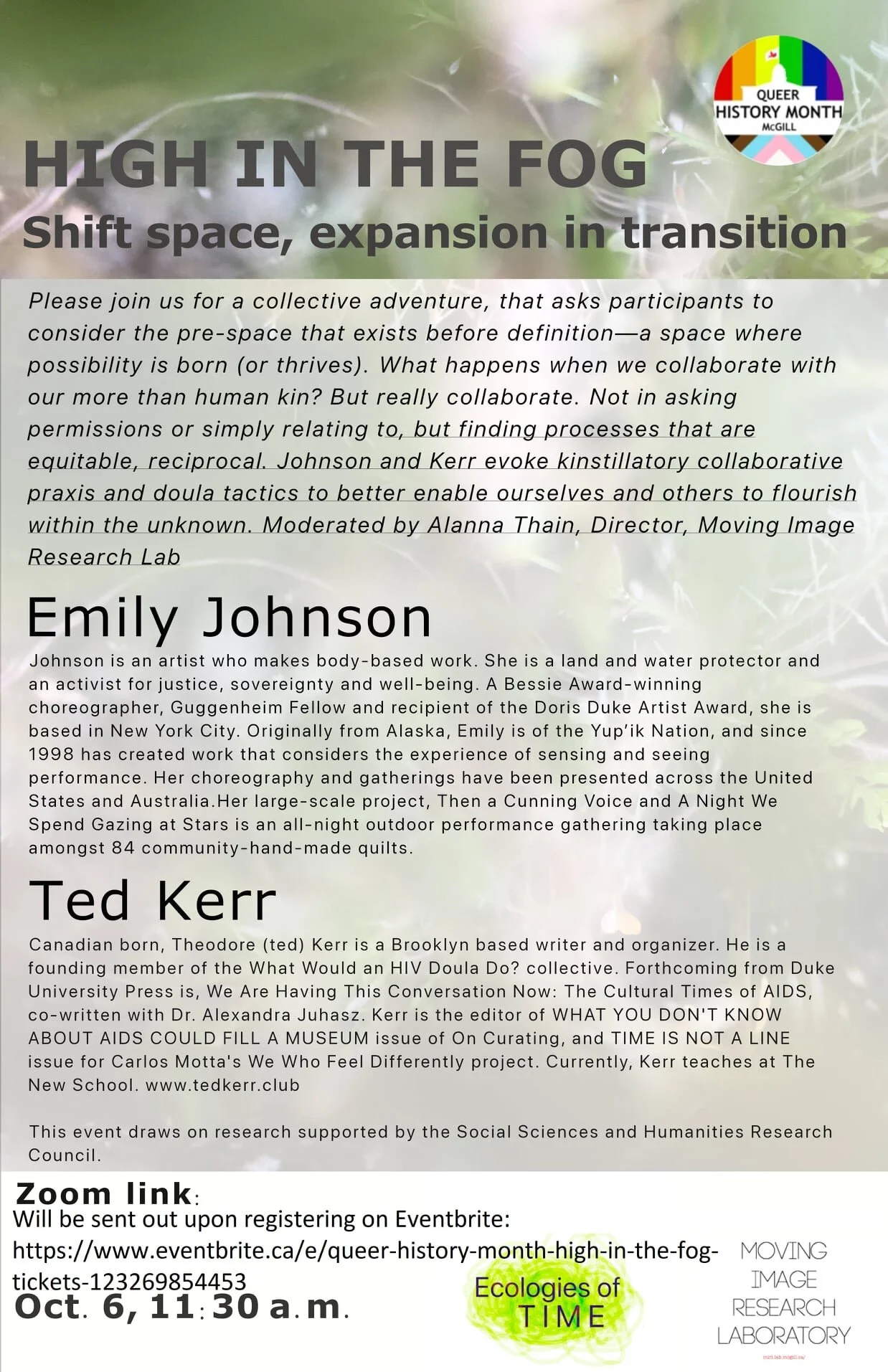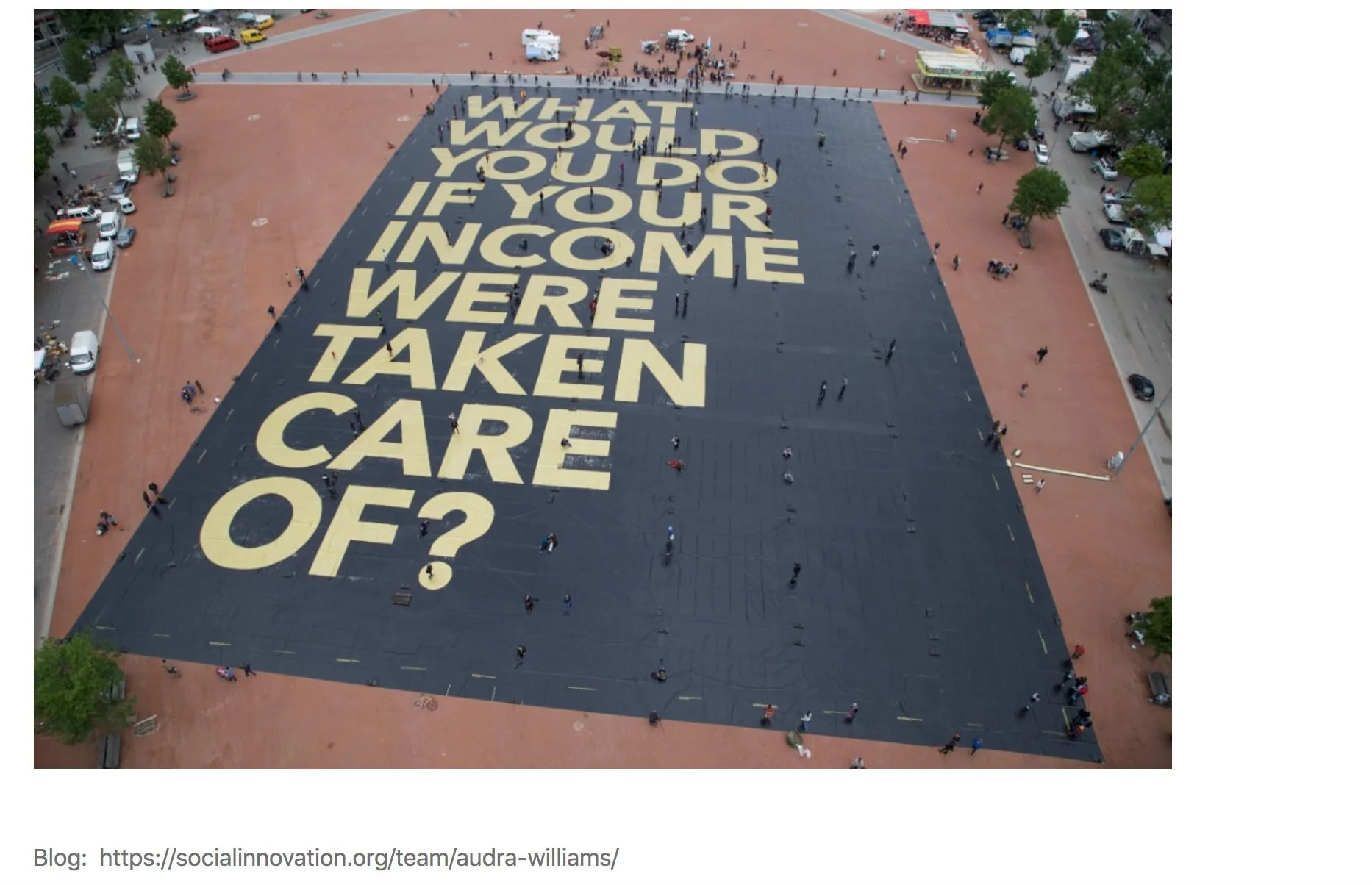Upcoming
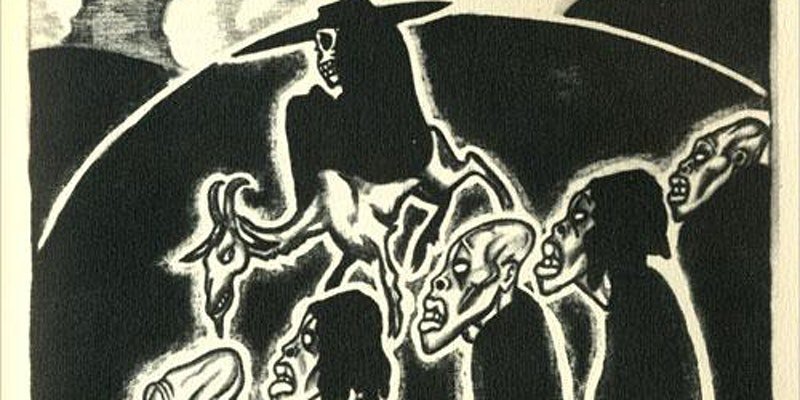
Undead Labor and the Uncanny Vitality of the Zombie
Talk from David Bering-Porter, New School
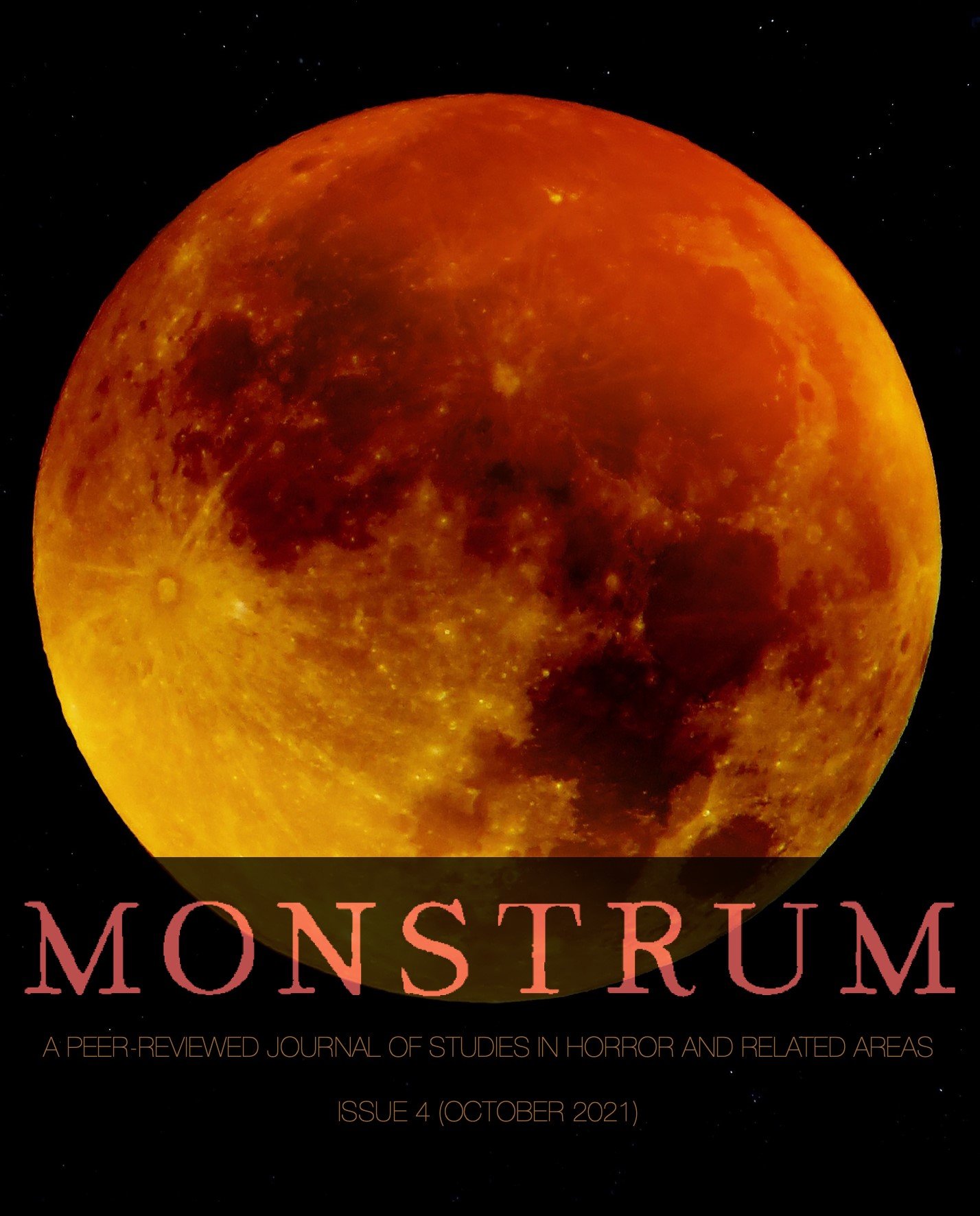
CFP: Monstrum 5.2
CFP: Special Issue, Monstrum 5.2 : Short-Form Horror: History, Pedagogy, and Practice
Editors
Drs. Alanna Thain (McGill University) and Sonia Lupher (University of Pittsburgh)
Description
From TV to TikTok, movie trailers to music videos, and GIFs to short films, the short for dominates most of our media consumption. The horror genre is ripe for experimentation in the short form, through screamer videos, short stories and flash fiction, television series, and even commercials. Today, most horror creators work primarily in the short form; with the continuingly prohibitive costs associated with a sustained feature-length filmmaking career, many filmmakers and creators—particularly those marginalized by race, gender, or socioeconomic status—prefer, or are compelled, to explore the creative and professional possibilities of short-form media. While the number of BIPOC, queer, and women-identifying creators who have established and successful careers in horror filmmaking remain few and far between, the short-form market is brimming with content from these often marginalized voices and is, therefore, one of the most productive media niches for theorizing issues of race, gender, sexuality, disability, and the intersectionality of these identifiers in the horror genre. In attending to the richness of the short form, how can scholars, makers and curators not simply diversify the content and canon of horror as a field, but also challenge our assumptions of how we read, analyze, consumer and react to horror media However, the saturation of independently-created media online and other platforms also presents limitations and challenges, above all the difficulty to curate and spread information about content, creators, and titles. Organized and curated services such as Shudder and YouTube’s “Alter” channel attempt to counteract the populated video heaps on services such as Amazon Prime and Vimeo. Scouring through the titles on many of these services can be unproductive and unwieldy, despite the growing interest among professionals and instructors to create and screen short-form horror in courses and for use in digital humanities projects. The challenges and productive avenues of studying short-form horror intersect with those of studying the short form at large, itself a diverse topic of study due to the multiple forms, genres, and cultural contexts that comprise it. Though short-form horror is often devalued as simply a calling card to a future in features, how might we attend to the affordances of the short form’s value in itself?
This special issue therefore contributes to the intersections of study between short-form media and horror media. We invite scholars, critics, and digital creators to propose articles, interviews, or audiovisual essays that analyze and theorize short form horror texts, trends, teaching strategies, curatorial challenges and solutions, and propose new methods for the study of short-form horror. We especially welcome work by emerging and independent scholars, and from scholars or research areas currently underrepresented in the field. We invite submissions on topics including, but not limited to, the following:
• Textual analysis of short-form or serial horror texts or creators, including short films, online videos, commercials, TV series, podcasts, music videos, dance films, horror GIFs, short stories, flash fiction, multimedia projects, photo essays, video essays, experimental film, etc.
• The circulation of short-form horror, including television, film festivals, online platforms, etc.
• Short-form horror curation (digital, physical, museum/festival settings, etc.)
• Interviews with short-form horror creators
• Teaching short-form horror texts and creators
• Industrial concerns (funding, production, and post-production) of short-form horror
• Intersectionality in short-form horror production, study, and pedagogy
• Histories of short-form production and distribution, including public broadcasting
Timeline
Completed essays will be between 5,000 and 7,000 words, including notes and references, and formatted according to standards set out in the current Chicago Manual of Style. Please see the Monstrum website for more information on submission guidelines. In addition to written essays, we strongly welcome multimodal submissions. In your proposal, please clearly specify the format and scope of your project, including intended length and other practical information.
October 31, 2021: Proposals due to the editors: please submit an abstract of approximately 250 words, including a title and format information. Please also send a bio of approx. 100 words.
November 30, 2021: Author acceptances sent out.
July 1, 2022: Accepted essays due to the editors, with revision timeline to follow.
December 2022: Publication
Please direct questions and submissions to corerisc@gmail.com (please include “Monstrum Short Form” in subject line).

The Cinema of Tobe Hooper with Joe Bob Briggs and guests
American Twilight explores the long and checkered career of Tobe Hooper in what Joe Bob Briggs has called “a minor miracle in scholarship, beginning the long-term definition of an artist who … went from being one of the most despised filmmakers in the world … to a visionary worthy of study.” Woofter and Dodson will discuss their book and Hooper’s films with a panel of experts, and include livechat Q&A for viewers.
The panel will also feature Stan Giesea, who worked with Hooper on Spontaneous Combustion, I'm Dangerous Tonight, and other projects; Julius Banzon, webmaster of “The Tobe Hooper Appreciation Society”; and Scout Tafoya, author of Cinemaphagy: On the Psychedelic Classical Form of Tobe Hooper.
Purchase the book at a 30% discount with free shipping on domestic orders at utexaspress.com with the promo code UTXTOBE.
Offer valid thru November 30 and available for any book published by UT Press. Discount will appear in cart at final checkout.
About the editors
Dr. Kristopher Woofter teaches film and literature in the English department at Dawson College, Montréal, Québec. Dr. Will Dodson teaches film, literature, and rhetoric in the Ashby and Strong Residential Colleges at UNC Greensboro. They are the coeditors of American Twilight: The Cinema of Tobe Hooper, just published by University of Texas Press.
Cities of the Dead
Abandoned architectural plans for a “Negro Coney Island” reimagined in photos, film, and architecture as part of The Shed's (NYC) Open Call exhibition (June 4th-August 1st).
Description
Today, New York City’s Hart Island is primarily known as a potter’s field for the burial of unclaimed bodies. With renewed public awareness around its use as a burial ground for those who have died from Covid-19, Hart Island has taken on an additional layer of historical significance given the more severe impact of this pandemic on communities of color, as well as its role as a final resting place for those who have died from HIV/AIDS. Throughout its storied history, the island has also housed an asylum, jail, and sanatorium—and was once the planned location for an amusement park meant to serve the Black population of 1920s Harlem.
Ayanna Dozier’s installation Cities of the Dead traces the imagined (re)construction of Solomon Riley’s park, dubbed “Negro Coney Island,” across an arrangement of photos, speculative monologues from its creator and key Black cultural producers from the Harlem Renaissance, and an architectural rendering of Riley’s abandoned plans co-designed by architect Nina Cooke John. Cities of the Dead establishes and intervenes in the past by fulfilling the opening of Negro Coney Island, which though completed was torn down by the city after it condemned the island to prevent its opening to the public in 1924. Through this temporal intervention, Cities of the Dead reconsiders the role that architecture, presence, and ruins play in remembrance of a people and how Black communities’ histories are forcibly erased. For Dozier, Hart Island is a site for reflecting on the absence in Black life of architectural spaces for mourning, as well as the way in which gross economic and social inequities frame Black death and plague it in its afterlife.
Winter 2021: Montréal Monstrum Society/Société Monstrum de Montréal
Montréal Monstrum Society/Société Monstrum de Montréal
Winter 2021 Classes
Pandemics, Possessions, and Other Monstrous Alterities:
Global Horror at the Intersection of Race, Gender, and Class
I'll begin by providing some context about possession horror films in general, including how moral panics surrounding film and related media over the last half century have often presented parallels to the phenomenon of occult spirit possession, parallels that many of the most powerful films in this mode have incisively explored and exploited. I’ll then focus more specifically on how two recent Canadian horror films formally and narratively frame possession while discussing their relationship with earlier films whose influences they reflect. The first, Justin Dyck's Anything For Jackson (2020), taps into a “Satanic Panic” supernatural vein, albeit with a dose of irony. The second, Brandon Cronenberg's Possessor (2020), takes a grimly speculative approach to exploring possession in a cinematic narrative that marries revenge tragedy with techno-body horror in the vein of Videodrome (1983) or Tetsuo The Iron-Man (1989.)
22 March: “Pandemics, Politics, Horror” AALYA AHMAD
29 March: “The Romani Other in Horror Film” ALANA CONWAY and MURRAY LEEDER
Good Manners/As Boas Maneiras
Friday, Oct. 30 7:30 pm in Montreal and 8:30 pm in Brazil, join us for the first annual Queer Horror Screening at McGill's Queer History Month: a screening and roundtable discussion on the queer Brazillian horror film "Good Manners" (As Boas Maneiras), with director Juliana Rojas, Fernanda Capibaribe, Gabi Monteiro and Alanna Thain. "Clara, a lonely nurse from the outskirts of São Paulo, is hired by mysterious and wealthy Ana as the nanny for her unborn child. The two women develop a strong bond, but a fateful night changes their plans." (imdb.com). A brilliant and contemporary take on vulnerability, danger and bodies under the influence of love, desire, violence...and the moon.
Roundtable Participants:
Juliana Rojas (Director/Writer)
Writer and director, born in Campinas, Brazil in 1981 and living in Sao Paulo, Brazil since 1999. Juliana's work is focused on genre bending narratives, mixing fantasy/horror and science fiction, sometimes with touchs of musical and comedy. Her films have participated in international festivals dedicated to genre, such as SITGES, FANTASTIC FEST, LÉTRANGE and GERARDMER. Her solo work includes the awarded short films DOPPELGÄNGER (Special Mention, Cannes Critics' Week) and THE PASSAGE OF THE COMET (Rotterdam), and the feature film NECROPOLIS SYMPHONY (FIPRESCI Award, Mar del Plata). With Marco Dutra, she directed the short films THE WHITE SHEET (Cinéfondation, Cannes) and UM RAMO (Kodak Discovery Award, Cannes Critics' Week) and the feature films HARD LABOR (Un Certain Regard, Cannes) and GOOD MANNERS (Special Jury Award, Locarno). As a screenwriter for fiction series, she worked on "Supermax" (Rede Globo, 2016), "3%" (Season 2 - Netflix) and "Kissing Game" (Netflix, 2020). Juliana also directed episodes for the series "Kissing Game" (Netflix, 2020) and Urban Terrors (Record, 2018).
Fernanda Capibaribe
Fernanda Capibaribe is a Professor at the Communication Department at the Federal University of Pernambuco (UFPE), and a photographer. Currently in her second stay as a Visiting Professor at McGill University, she has a PHD in Communication Studies by UFPE and a Master in Culture and Society by the Federal University of Bahia. Has been working for more than 15 years connecting the fields of Photography, Audiovisual, Gender Studies, Queer Theory, Feminist Studies and Cultural Studies. Along this period, has been developing research projects associating feminist / queer poetics and geographies, through the bias of critical feminist theory and philosophy of images. In her approach, she addresses themes related to cultural bodies, experiences of sex / gender and politics of dissent. Has taught courses such as: Introduction to Photography, Cinematography, Gender and Audiovisual Studies, Feminist Poetics and Visual Culture, among others. As a photographer, she participated in various events and exhibitions, as well as in processes of creation, production and post-production in cinema and audiovisual, evaluation committees and curations.
Gabi Monteiro
Gabi Monteiro is from Caruaru, an inland municipality in Pernambuco, in the Northeast of Brazil. She has worked in several social movements, mainly related to women's rights, black population, youth and family agriculture. She was a political educator for the MMTR-NE, Movimento da Mulher Trabalhadora Rural do Nordeste (Northeastern Women's Rural Workers Movement) for years, and in her Master's research she wrote about the power of counter-hegemonic narratives produced by rural feminists. She has a degree in journalism, an expert in Gender, Development, and Public Policy, and a Masters in Gender Studies, Women, and Feminism. She is also a scriptwriter and audiovisual director. She was an advisor to the Frida Fund for Young Feminists, a consultant for UNICEF Brazil's Adolescent Development and Participation Program, and is currently the Youth Officer at the United Nations Population Fund (UNFPA) in Brazil.
Alanna Thain
Alanna Thain is Associate Professor at McGill University and director of the Moving Image Research Lab, devoted to the study of the body in moving image media. She also directs the FRQSC research team CORÉRISC (Collective for Research on Epistemologies and Ontologies of Embodied Risk) and the four-year project "L'horreur dans les médias et la performance: corps, histoires et affectes insoumises". She is the author of Bodies in Suspense: Time and Affect in Cinema (University of Minnesota Press, 2017). At McGill, she directs the Moving Image Research Lab. This event launches CORÉRISC's research stream on reproductive horror media.
Monstrum 3.1 Release
Monstrum 3.1 presents a special feature, a "virtual symposium" devoted to the series Supernatural, which ends its 15-year run in fall 2020. Edited by Stacey Abbott and Simon Brown, Supernatural — The End of the Road: A Reflection will be published in two parts. "Part One: THEN" appears below, with "Part Two: NOW" follows in early 2021. This rather uncommon splitting of the virtual symposium is due to production delays in the final seven episodes of Supernatural, the result of Covid-19 quarantines. With some of the essays in the feature requiring the final episodes to complete their analyses, we made the decision to make MONSTRUM 3.1 a cliffhanger.
As Stacey Abbott and Simon Brown write in their Introduction to this virtual symposium, Supernatural has weathered the contingencies of shifts in show-runners and networks, and has negotiated multiple time slots and distribution modes, from syndication to streaming. ​All the while the series has remained remarkably, almost monolithically consistent in style, tone and theme in a rapidly changing television (horror) landscape. Yet Supernatural is no mere TV relic. In the seven essays included in "Part One: THEN," readers will find discussions of Supernatural's complicated broadcast history in the UK (Brown), and of its status as a "tentpole" series for the still-young network, The CW (Giannini). Also included are essays on the show's trenchant (and often prescient) apocalypticism in both narrative and theme (Abbott); on the consistent centring of Dean Winchester in its musical selections and orchestral themes (Halfyard); on its melancholy nostalgia for the 'weightless' naïveté of Scooby-Doo, Where Are You? (Giannini and Woofter); and on its dogged focus on fraught masculinity at the expense of all else (including enduring women characters) (Jowett). Rounding out this first part of the symposium is an insightful and poignant "exchange" between Will Dodson and Huxley Bailey reflecting on how eight years of appointment viewing of Supernatural has undergirded their relationship as stepfather and stepdaughter, and created a sense of "uncanny inclusion" in their blended family.
"Part Two: NOW," the follow-up to this virtual symposium, appears below in the form of Issue 3.1. This second part wraps up the MONSTRUM 3's special feature on Supernatural with essays that, as Abbott and Brown note in their Introduction, "reflect upon the finale and its impact, focusing on fandom, religion, the Gothic, and the philosophical underpinnings of the show."
Announcing the SCMS Horror Studies SIG Graduate Student Essay Prize: MONSTRUM is pleased to collaborate with the Horror Studies Scholarly Interest Group (SIG), part of the Society for Cinema and Media Studies (SCMS), in the selection and publication of their annual prize-winning graduate student essay. Selected by a jury of SCMS-SIG scholars and the MONSTRUM editors, this inaugural essay by Rachael Ball tightens the theoretical gap between the practical and digital body horror special effects, and their ostensibly distinct embodiments and presence in relation to profilmic space and spectator.
Student Forum: As part of MONSTRUM's continuing commitment to developing scholars, Issue 3.1 ends with John Abbott College student Laura Hebert's discussion of embodied audience identification in Kathryn Bigelow's Blue Steel, and Dawson College Student Patrick Charles Poulin's discussion of the ambiguities of monstrosity and limits of representation traced in Herman Melville's Moby-Dick.
Contributors to issue 3.1: Stacey Abbott, Huxley Bailey, Rachael Ball, Simon Brown, Will Dodson, Erin Giannini, Janet K. Halfyard, Laura Hebert, Lorna Jowett, Patrick Charles Poulin, Kristopher Woofter.

